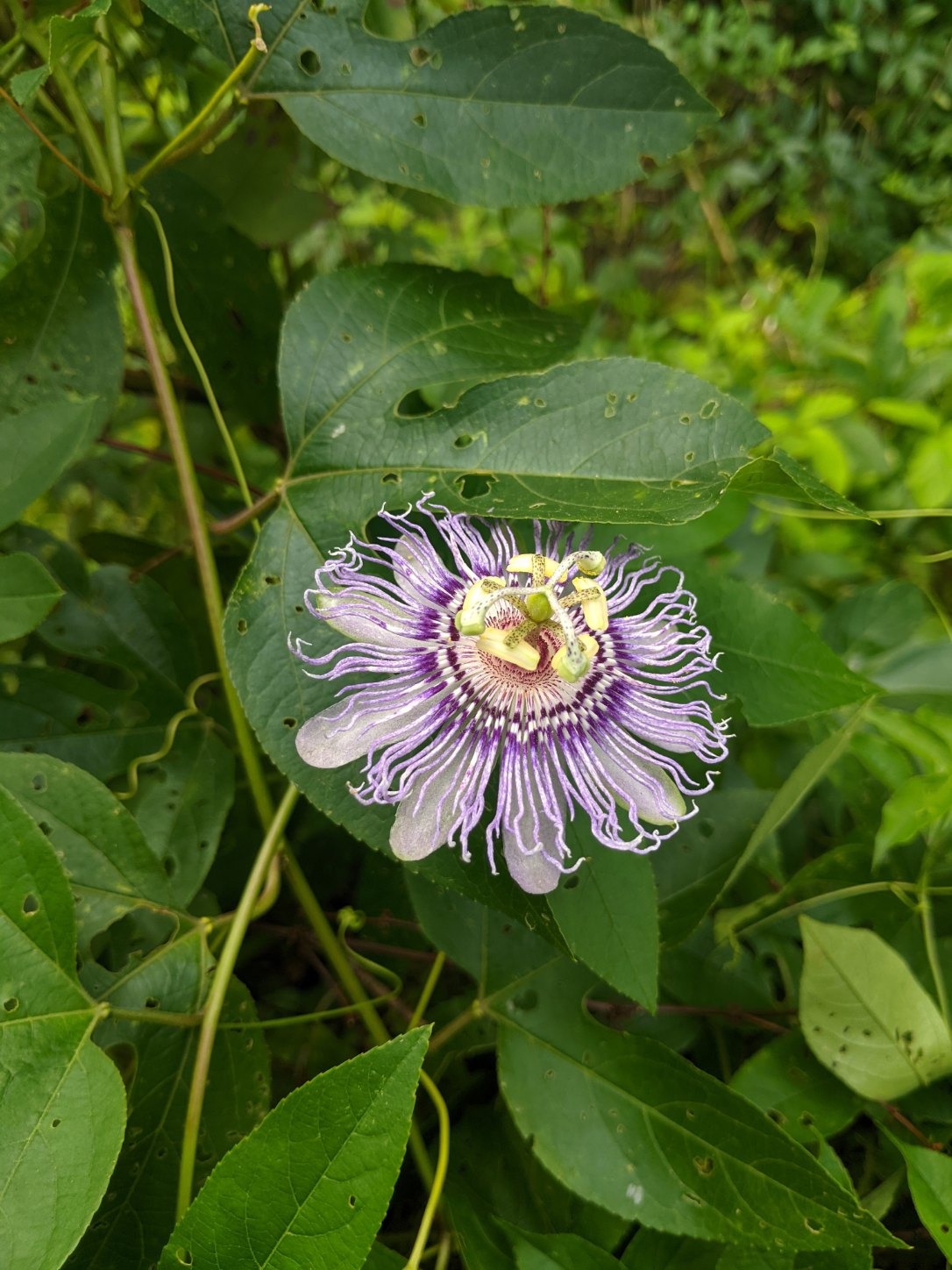Flora Fridays – August 29, 2024
go.ncsu.edu/readext?1024225
en Español / em Português
El inglés es el idioma de control de esta página. En la medida en que haya algún conflicto entre la traducción al inglés y la traducción, el inglés prevalece.
Al hacer clic en el enlace de traducción se activa un servicio de traducción gratuito para convertir la página al español. Al igual que con cualquier traducción por Internet, la conversión no es sensible al contexto y puede que no traduzca el texto en su significado original. NC State Extension no garantiza la exactitud del texto traducido. Por favor, tenga en cuenta que algunas aplicaciones y/o servicios pueden no funcionar como se espera cuando se traducen.
Português
Inglês é o idioma de controle desta página. Na medida que haja algum conflito entre o texto original em Inglês e a tradução, o Inglês prevalece.
Ao clicar no link de tradução, um serviço gratuito de tradução será ativado para converter a página para o Português. Como em qualquer tradução pela internet, a conversão não é sensivel ao contexto e pode não ocorrer a tradução para o significado orginal. O serviço de Extensão da Carolina do Norte (NC State Extension) não garante a exatidão do texto traduzido. Por favor, observe que algumas funções ou serviços podem não funcionar como esperado após a tradução.
English
English is the controlling language of this page. To the extent there is any conflict between the English text and the translation, English controls.
Clicking on the translation link activates a free translation service to convert the page to Spanish. As with any Internet translation, the conversion is not context-sensitive and may not translate the text to its original meaning. NC State Extension does not guarantee the accuracy of the translated text. Please note that some applications and/or services may not function as expected when translated.
Collapse ▲A Visit to Roy Maness Nature Preserve
Passionflower
Passiflora incarnata, commonly known as passionflower or maypop, is a fascinating plant with a range of uses and characteristics. This vine features striking, intricate flowers with a unique structure. The flowers are usually purple or white with a prominent corona of filaments that resemble a crown. The plant also has lobed, green leaves and can produce fruit known as maypops, which are yellowish-green and roughly the size of a small apple. It’s native to the southeastern United States but has spread to other parts of North America and beyond due to its adaptability. Passionflower prefers well-drained soil and full sun but can tolerate partial shade. It’s often grown as an ornamental plant due to its beautiful flowers and is also valued for its fruit. To propagate, one can plant seeds or take stem cuttings.

Goldenrod
Showy goldenrod, Solidago speciosa, is known for its eye-catching display of bright yellow flowers. Both humans and pollinators can appreciate this plant! The flowers are arranged in dense, plume-like clusters at the tops of tall stems. The plant typically grows between 3 to 5 feet tall. Solidago speciosa is native to central and eastern parts of North America, including the United States and Canada. It is commonly found in prairies, meadows, and open woodlands. It thrives in well-drained soil and prefers full sun to partial shade. It is adaptable to various soil types but does best in loamy soil. Once established, it is relatively drought-tolerant. The plant is beneficial for bees, butterflies, and other insects that rely on its nectar. It’s roots also help stabilize soil and prevent erosion.
Milkweed
Our last plant this Flora Friday is swamp milkweed, Asclepias incarnata. It features clusters of fragrant, pink to rose-colored flowers that bloom from mid to late summer. The plant has lance-shaped, opposite leaves that are green and can be up to 6 inches long. The flowers are arranged in umbel-like clusters and are attractive to various insects, including the yellow aphids seen here. The plant’s vibrant flowers and tall, upright growth make it a popular choice for garden landscapes, particularly in rain gardens and wetland restoration projects. It adds color and height to garden beds and provides interest throughout the growing season. Swamp milkweed is crucial for supporting wildlife. It is a host plant for the larvae of the monarch butterfly, making it an essential plant for monarch conservation efforts. Additionally, its flowers attract a variety of pollinators, including bees and butterflies.

We hope you have enjoyed this edition of Flora Fridays! Please consider leaving feedback in the box below. At Extension, we are here to listen to and address your needs.
Check out past Flora Fridays at https://montgomery.ces.ncsu.edu/florafridays/.





